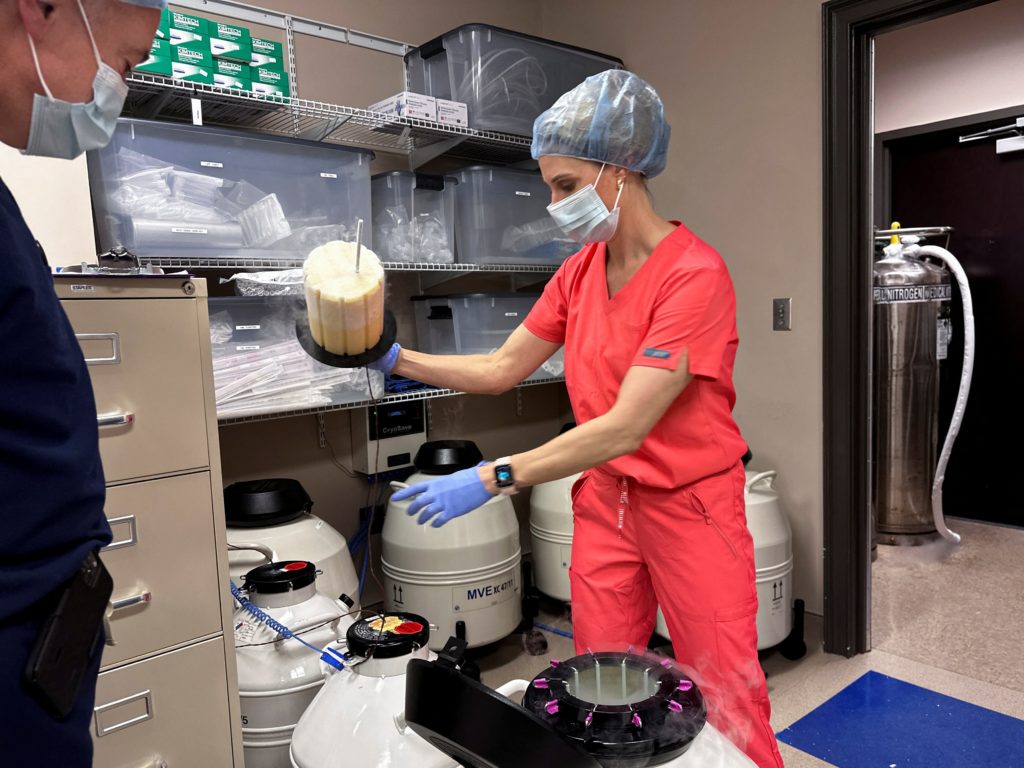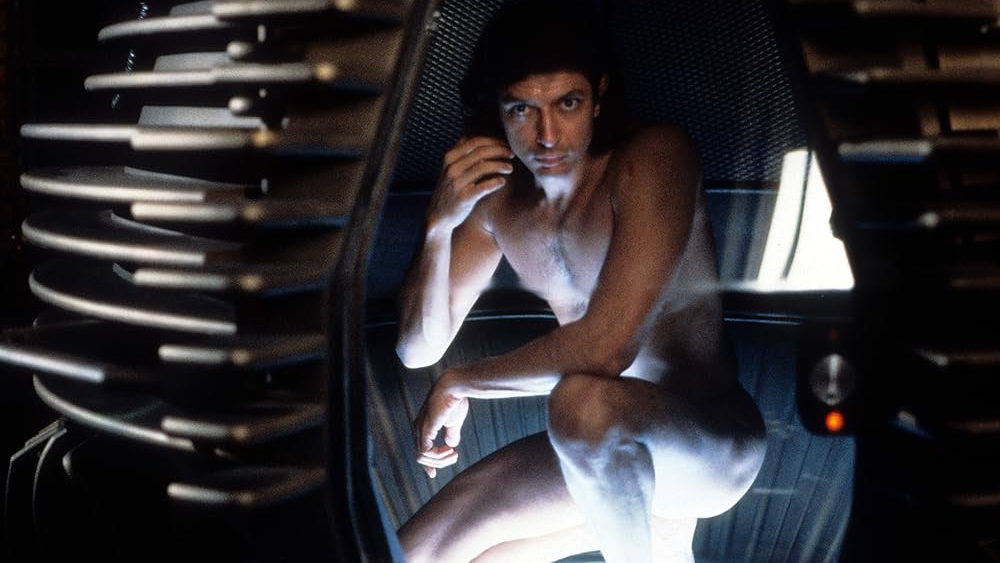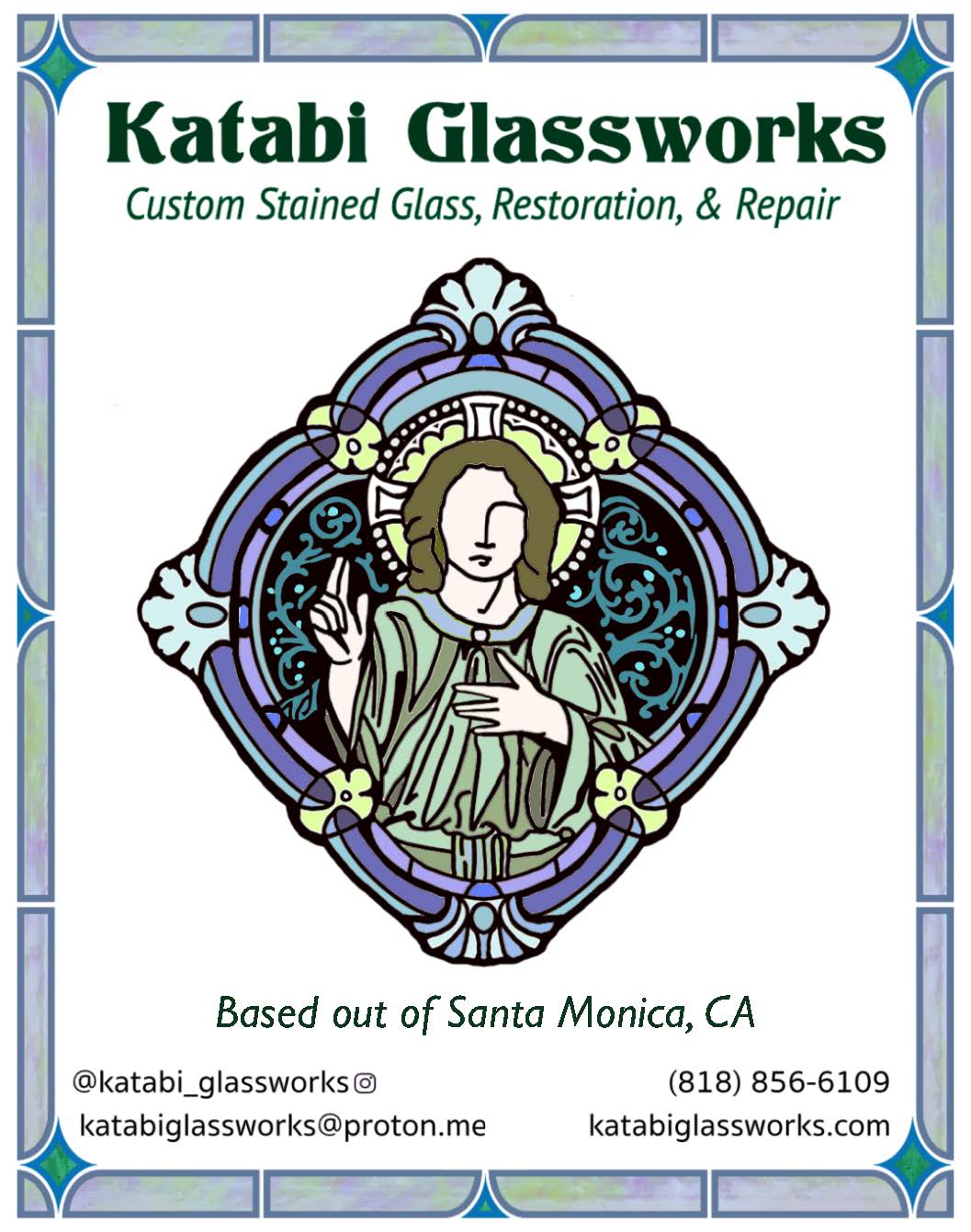As Halloween approaches, I’ve been haunted by a piece by Elise Ureneck that recently appeared in these pages: Will Catholics take a stand against Silicon Valley’s reproductive revolution?
The column features Noor Siddiqui, founder and CEO of a Silicon Valley fertility startup called Orchid Health. After reading about its major thrust — the polygenic screening of embryos — I wanted to lie down and pull the covers over my head.
Luckily, I drink too much coffee for that. But seriously — what have we come to that such spawn-of-Satan ideas are poised to reign supreme?
IVF for everyone! Screen frozen embryos for defects! Stockpile your own personal stash of prospective kids, thaw and test for perfection when convenient, then toss the ones that don’t make the cut — human embryos with immortal souls — onto the garbage heap.
I keep thinking of that Gospel passage, Luke 12:53, where Jesus says, “The father shall be divided against the son, and the son against the father; the mother against the daughter, and the daughter against the mother,” and so on.
And again at Luke 17:34–35: “I tell you, in that night there will be two in one bed. One will be taken and the other left. There will be two women grinding together. One will be taken and the other left.”
The divide will perhaps come down to this: What is a human being? Is it a beautiful, unique individual created by God with his or her own unique and gorgeous stamp? Or is a human being a blank-slate blob for us to design, engineer, program, own, buy, sell, groom, and/or randomly discard/destroy for our own personal pleasure and purposes?
Do we kneel before a Power greater than ourselves, or do we commandeer a monstrously destructive power to ourselves?

The thought of engineering defects and disorders out of human beings makes my blood run cold. I have only to think of my family, my friends, and most of all, myself.
The Lord knows this little group has its share of whack jobs, and I wouldn’t have it any other way. Our disorders include alcoholism, OCD, love addiction, heroin addiction, hoarding, co-dependence, Oppositional Defiance Disorder, bankruptcies, foreclosures, overspending, underspending, depression, major anxiety, secrets, feuds, estrangements, and any number of other behaviors on “the spectrum.”
“Neurodivergent”: give me a break. Who isn’t?
That is what keeps life interesting. The suffering and joys attendant on our wounds, limitations, and gifts are what it means to be alive.
The other night I re-watched arguably the ultimate body-horror movie: David Cronenberg’s “The Fly” (1986) with Jeff Goldblum (Seth Brundle) and Geena Davis (Ronnie).
Seth invents the telepod, an instrument meant instantaneously to transport people and things from one place to another, then he falls in love with a female journalist. Ronnie’s hair and outfits are dated but other than that, the film’s pretty fresh. A cynic might say the whole 96 minutes are a vehicle for the utterly over-the-top special effects, which have a gross-out factor of 10-plus.
But no doubt about it, the film stays with you.
And not just because it’s mesmerizing to watch Seth/Goldblum losing his nails, teeth, hair, and possibly penis; impregnate Ronnie through questionable means; and projectile vomit flesh-corroding insect slobber.
No, good as all that stuff is, there’s also the surprisingly tender and realistic love story between the two. There’s Seth’s moving desire to leave a child: “The baby might be all that’s left of the real me.” There’s his plaintive “Help me to be human” when he’s already long past being human, with no way back.
There’s the horror at his changing, deteriorating body; the realization that in achieving his dream, he stands to destroy the person he loves; and his essential loneliness: emotions known in one form or another to all of us.
But mostly there’s his knowledge that in his innocent desire to break new scientific ground, he’s overstepped all permissible limits; he’s gone where no human should go.
Which is why “The Fly” made me think of that Silicon Valley startup.
As Ureneck notes:
“For Siddiqui, the moral problem at hand is not the possibility of a world in which a majority of people conceived and born through IVF have optimal genes and a low probability of genetic disease, while a minority conceived through sexual intercourse have comparatively greater odds of disability and propensity for gene-linked illnesses.”
“Her moral qualm is that all parents have a ‘fundamental right’ to reproduce this way. The injustice lies in the financial barrier to entry.”
Since for now only the rich are going to be able to afford this kind of “selection” (does that word ring a bell?), what happens when only the rich have “designer babies?”
What happens when breeding out imperfections leads, over time, to the slightest blemish, say a mole, becoming gruesomely repulsive?
What happens when just getting married and conceiving a baby and letting the chips fall where they may — as the good Lord ordained — is a practice that’s ridiculed or ostracized or even outlawed?
Orchid. What a nice, anodyne name for an idea that is every bit as horrifying as Seth Brundle’s final transformation, when a gore-dripping insect snout pushes through what remains of his human skin and the slimy raw-meat creature who emerges begs to be killed.
In the film’s most iconic tagline: “Be afraid. Be very afraid.”

